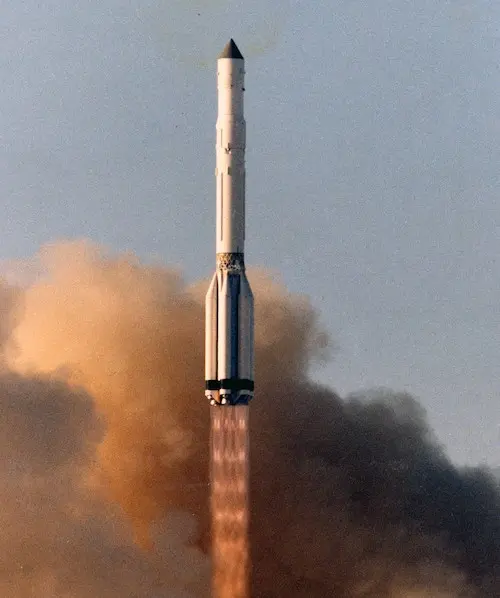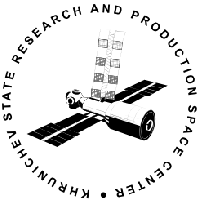Venera 14
Launch Success
Liftoff Time (GMT)
05:31:00
Wednesday November 4, 1981
Mission Details
Venera 14
Venera 14 (Russian: Венера-14 meaning Venus 14) was a probe in the Soviet Venera program for the exploration of Venus. Venera 14 was identical to the Venera 13 spacecraft and built to take advantage of the 1981 Venus launch opportunity and launched five days apart. It was launched on 4 November 1981 at 05:31:00 UTC and Venera 13 on 30 October 1981 at 06:04:00 UTC, both with an on-orbit dry mass of 760 kg (1,680 lb). After launch and a four-month cruise to Venus the descent vehicle separated from the bus and plunged into the Venusian atmosphere on March 5, 1982. After entering the atmosphere a parachute was deployed. At an altitude of about 50 kilometres (31 mi) the parachute was released and simple airbraking was used the rest of the way to the surface. Venera 14 landed at 13.25°S 310°E, about 950 kilometres (590 mi) southwest of Venera 13, near the eastern flank of Phoebe Regio on a basaltic plain. The lander had cameras to take pictures of the ground and spring-loaded arms to measure the compressibility of the soil. The quartz camera windows were covered by lens caps that popped off after descent. By mischance Venera 14 measured the compressibility of the lens caps instead, as these had landed in just the place where the probe craned down to measure the soil. The composition of the surface samples was determined by the X-ray fluorescence spectrometer, showing it to be similar to oceanic tholeiitic basalts.
Heliocentric Orbit
1 Payload
4,394 kilograms
Rocket


Manufacturer
KhrunichevRocket
Height: 56.14m
Payload to Orbit
LEO: 19,000 kg
GTO: 9,000 kg
Liftoff Thrust
9,468 Kilonewtons
Fairing
Diameter: 3.9m
Height: 10.4m
Stages
4
Launch Site
Stats
Proton-K
87th
Mission
7th
Mission of 1981
Khrunichev State Research and Production Space Center
1552nd
Mission
91st
Mission of 1981
1981
112th
Orbital launch attempt